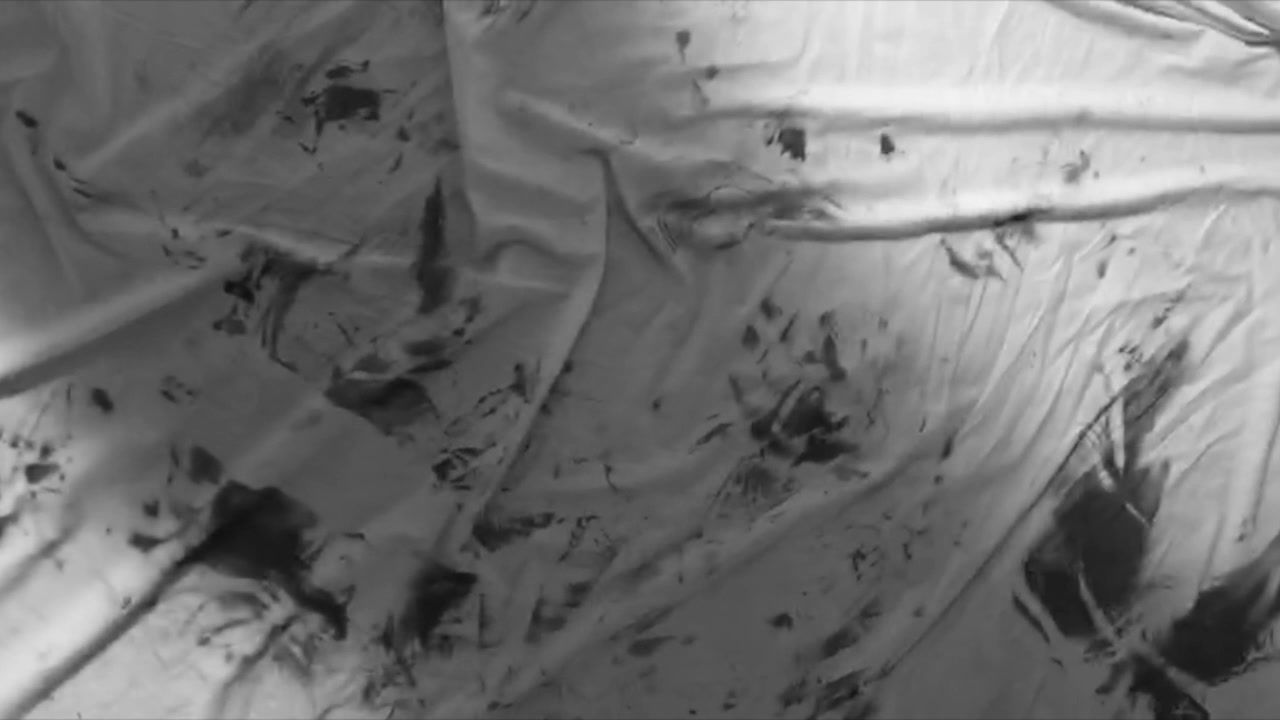LOVE MY BODY
2021
Info
LOVE MY BODY 2021
we need different eyes
International Contemporary Art exhibition
Concept edited by Art Curators
Camilla Gilardi – graduated in Cultural Heritage Sciences, Master in Art, design, cultural enterprises
Silvia Grassi – graduated in History and Art Criticism
“Fresh eyes are needed, free from any prejudice. Fortunately, art has a great gift, that of being inexhaustible. It's anever-ending process, in which you never stop learning.”
(Fernando Botero)
Freedom of expression represents a fundamental and unequalled right, a conquest that man, and even more the female gender, has won after countless conflicts and injustices. The power of speech must be exercised in an absolute way, but at the same time the awareness of the value of words must be fully understood. Words, words ... a double-edged weapon of which power is often not known and is not considered. The famous expression body shaming coined by Americans concerns both genders and indicates the mechanism by which the prey, victim of severe and cruel abuses, is ashamed and feels a sense of inadequacy towards his own body and the context in which he lives. Seneca, Roman philosopher, playwright, and politician, already in the first century A.D., affirmed that who is a slave to his own body cannot be considered free: a farsighted analysis if you examine today's society. Some dangerous and inadequate questions often knock on the mind of many. It is essential that you ask yourself: why am I a prisoner of a shell that torments and causes anguish to me? I do not like myself or is it perhaps the judgment of others that leads me to think this? Stereotypes, canons: two terms that are popular in everyday speech, in television programs, on the web. It is amazing to think how fashions change and tastes, judgments unconditionally go hand in hand with them. The history of art allows us to test this phenomenon which has changed widely during the centuries. To begin the long journey, we can start from the era of the Sumerians and the Babylonians, in which the small statues of Inanna and Ishtar, modeled with sinuous shapes, symbolized ideals of prosperity. In the sixteenth century Sandro Botticelli painted a Venus with a soft silhouette, example of grace and beauty. If in the first half of the seventeenth century the Flemish painter Pieter Paul Rubens represented female figures with a shapely body, in the second half of the century the protagonists of the works of Diego Velázquez are women of the high aristocracy that wear tight dresses to shape their physique. In the nineteenth century, Édouard Manet's Breakfast on the grass and Olympia caused a stir: the works depict women who show their "healthy imperfections" with ease and shamelessness. During the Belle Époque, elegant female figures with a slim silhouette become the subjects of many works, while at the beginning of the twentieth century the cubist movement places women in the foreground whose inner discomforts and torments are reflected in their faces and broken bodies. From that moment on, the representation of women no longer respects the limits that until then characterized the vision of the female universe. A clear testimony are the twisted bodies of Schiele and the self-portraits of Frida Khalo who made her being out of stereotypes her peculiar trait. Finally, the protagonists of the works of the contemporary painter Fernando Botero are overweight and satisfied women who are opposed, instead, to those of Lucian Freud, famous for the depictions of women with neglected bodies and sad souls. The evolution of the vision of women in works of art is clear proof of how open-mindedness can ignore certain patterns that are erroneously established and much praised. The exhibition identifies itself as a spokesperson for body positivity and pursues the aim to halt this phenomenon (recognizable as a real form of bullying), not by dialogue but using the tool of art. On this occasion M.A.D.S. wants to represent the starting point of a path aimed at becoming aware of oneself and of one's physical appearance, conferring the right value on its uniqueness. Transforming our weaknesses into our distinguishing mark, converting the demons that make us fall into a dark tunnel in charge of energy. LOVE MY BODY represents a tribute to self-esteem which, if well preserved and nourished, is the winning arm in order to face important challenges and, at the same time, the secret to being in harmony with oneself, both in front of a mirror and surrounded by a crowd.















